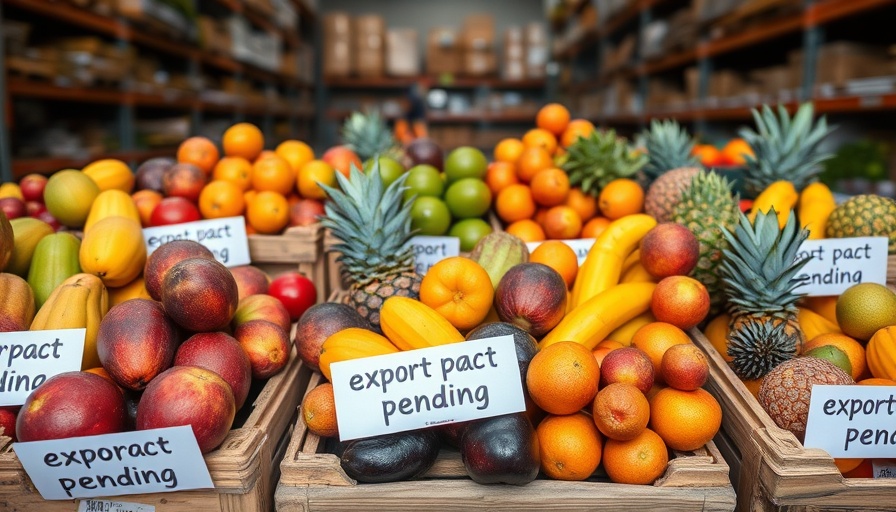
Unveiling the Crown Jewel: Jwaneng Diamond Mine
The Jwaneng Diamond Mine in Botswana holds the title of the world’s richest diamond mine, producing exceptional quality gems that have significantly impacted both the local and global economies. Unlike other prominent diamond-producing nations like Russia, South Africa, and China, Botswana’s asset is not just the diamonds themselves but the transformation it embodies for the nation. Valued at over $1 billion, Jwaneng is a marvel of industrial engineering, underpinned by geological rarity and effective management strategies.
A Look into Jwaneng's Rich History
Discovered in 1973, Jwaneng operates as a joint venture between De Beers and the Botswana government. Its official operations began in 1982, marking the entrance of Botswana into the elite league of diamond producers. Spanning across an open-pit mine that was ingeniously established within a dormant volcano, Jwaneng’s unique geological formation is crucial for diamond extraction. The operation has evolved, becoming even richer through expanded underground mining, reinforcing its status as a powerhouse in diamond production.
Economic Impact and Societal Transformation
Jwaneng's contribution extends beyond its diamond yield. The mine has immensely influenced Botswana's economy, transitioning the country from being one of the poorest nations in Africa to a notable middle-income country. The revenues generated have enabled investments in health, education, and infrastructure, transforming the quality of life for many citizens. As a result, the mine has emerged not just as a financial asset, but as a beacon of hope and opportunity for the people of Botswana.
Future Trends: Sustainability and Technological Integration
Emerging technologies, including data analytics and sustainable practices, are expected to shape the future of diamond mining. As the global market shifts towards responsible sourcing, Jwaneng is aligning with innovative trends that employ artificial intelligence and automation. These advancements promise not only increased operational efficiency but also better environmental stewardship. By leveraging technology in their processes, Jwaneng can enhance productivity while maintaining its commitment to sustainability.
Socioeconomic Challenges and Opportunities
While the Jwaneng Diamond Mine is a site of success, it also faces challenges that include fluctuating market prices and environmental scrutiny. The mine’s operational future hinges on balancing profit-making with ecological responsibility. Discussions surrounding the need for economic diversification gain traction, especially as reliance on diamond revenues becomes a risk in an evolving global economy.
International Comparisons: How Does Jwaneng Stack Up?
In stark contrast to diamond operations in Russia, where the vast majority of diamond mining is controlled by state enterprises, Jwaneng exemplifies a unique model of public-private partnership. This strategic cooperation has allowed Botswana not just to maximize resource extraction but to create wealth for its citizens. The narrative of Botswana’s diamond success is paralleled by similar economic transformation in countries like Namibia and Canada, where responsible practices shape the mining landscape.
Conclusion: The Future of Diamonds and Robotics
The Jwaneng Diamond Mine continues to redefine not only what it means to mine diamonds but also how those operations affect societal growth. As we look toward the future, integrating cutting-edge technologies such as robotics and AI will be essential in navigating the complexities of diamond mining. Stakeholders must remain adaptable, investing in smart technologies while committing to sustainable practices that respect both people and the environment.
For executives and decision-makers, understanding the dynamics surrounding Jwaneng offers critical insights into resource management, economic development, and sustainable practices. Embracing technological advancements could pave the path for future opportunities, driving significant shifts in the mining sector.
As you reflect on the implications of Botswana's Jwaneng Diamond Mine, consider how similar innovative approaches might benefit your industry. What technologies are you championing that can create a sustainable future? Let's connect and take the next steps toward innovation.
 Add Row
Add Row  Add
Add 




Write A Comment